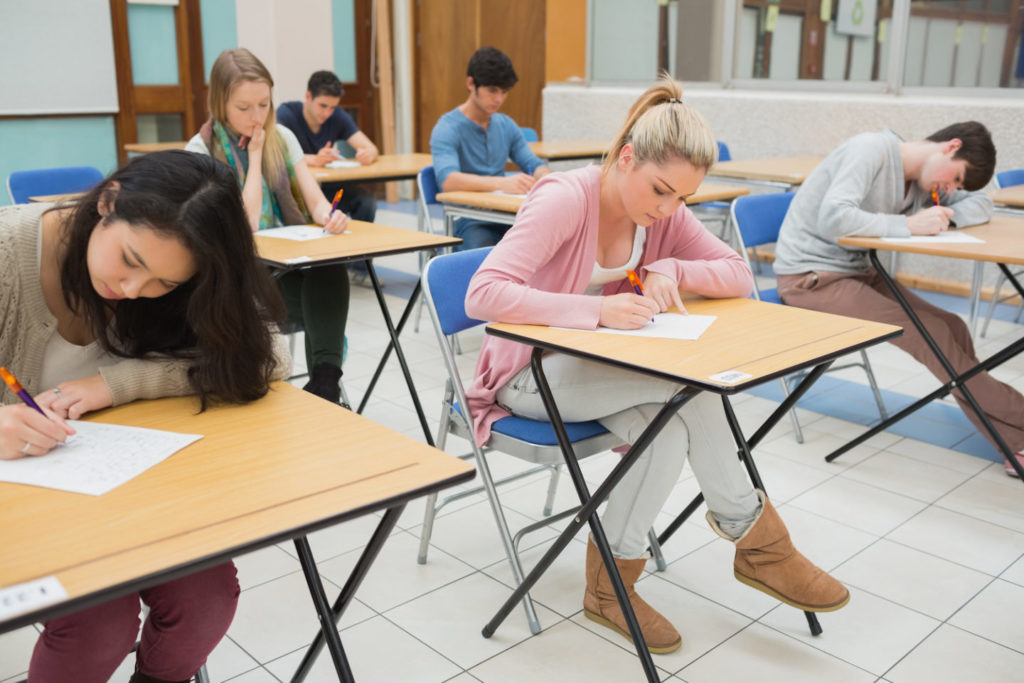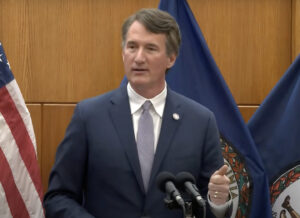Report: Test scores still lagging post-pandemic
(The Center Square) – New research suggests reading and math test scores still lag prepandemic levels as schools grapple with ongoing learning loss, an unconstitutional funding model and growing…

(The Center Square) – New research suggests reading and math test scores still lag prepandemic levels as schools grapple with ongoing learning loss, an unconstitutional funding model and growing discontent among families.
The data, published by the Commonwealth Foundation on Tuesday, shows marginal improvement in math proficiency between 2022 and 2023, though more than half of fourth graders and nearly three-quarters of eighth graders still score below grade level.
Reading scores slumped over the last year and still trail 2019, according to the report. Fourth grade proficiency dropped 0.4 percentage points, while eighth grade declined 2.9 percentage points.
The foundation said the state’s list of “low achieving schools” – those that test in the bottom 15% – average proficiency rates of 11.4% for math and 24.5% for reading.
The data echoes a June report from The Nation’s Report Card that shows average reading and math test scores for 13-year-olds fell 4% and 9%, respectively, compared to prepandemic levels.
Elizabeth Stelle, director of policy for the foundation, said the research underscores “the urgency for innovative education solutions,” referred to as either school vouchers or Lifeline Scholarships.
“Our kids deserve better than the options they’ve been given,” she said. “Lifeline Scholarships offer a strategic path to empower students in struggling schools.”
The foundation, an organization that promotes conservative fiscal policies, has been among the most vocal in support of establishing the program in Pennsylvania, which would give students in low-achieving districts money to cover tuition at a private school.
Stelle said doing so would cost “significantly less” than the $21,000 public schools spend per student each year.
Critics abhor vouchers as an unconstitutional diversion of taxpayer dollars to private schools. They point to a recent Commonwealth Court ruling that invalidated the state’s current funding formula, insisting that offering scholarships veers even further away from the legislature’s directive to make the system equitable.
Legislative Democrats historically share this viewpoint, though Gov. Josh Shapiro has said there’s room for both more money and more choice. He’s repeatedly expressed support for vouchers, though he backed away from a deal he made with legislative Republicans to fund the program in June.
In recent testimony before the Basic Education Funding Commission – organized to redesign the formula – Pennsylvania State Education Association President Aaron Chapin said schools need more teachers, safer buildings, and more supplies to improve educational outcomes.
“Therefore, it is clear that the question isn’t if there is a need for more funding, but how much,” he said.
The Pennsylvania State Education Association, a union representing 177,000 current and retired educators, didn’t respond to The Center Square’s request for comment on Monday.
In his testimony, Chapin referred to the union’s data that shows the 100 poorest districts spend 30% less per weighted student compared to the wealthiest 100. This imbalance is exacerbated in minority communities, regardless of income level.
“No one expects the state to close adequacy gaps in a single year,” Chapin said. “That would be unrealistic. But the state and districts need to plan for increased investments and how they are going to close equity gaps. It will take time, but a plan has a beginning date and an end date, and this plan should prioritize the districts in the two lowest wealth quintiles.”
Stelle said the foundation’s research shows that only one in eight Black students and one in five Hispanic students can perform basic math – a challenge that more money has failed to address.
The state enacted the largest single-year increase in basic education funding over the summer. Since 2014, state support has increased 55.7%, according to the foundation.
The $14.8 billion allocated by the state this year, however, only covers just over one-third of total costs. Local property taxes and a sliver of federal dollars fill in the rest.



